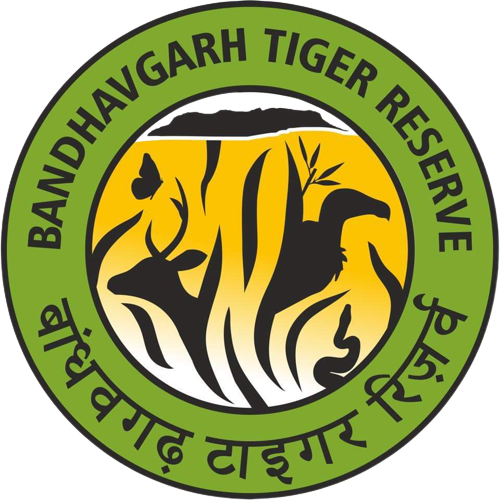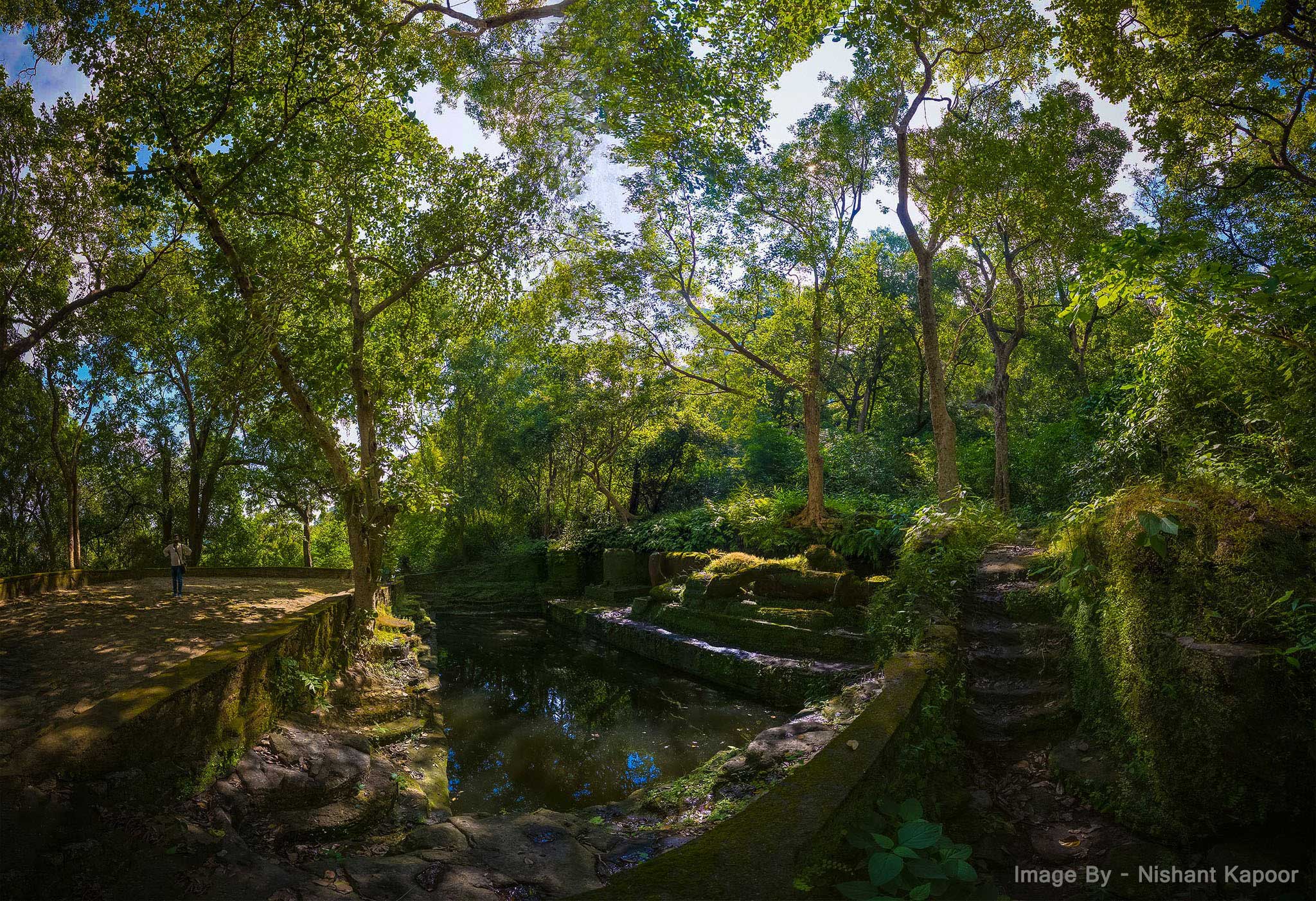Set in the middle of Kaimurhill ranges which are the eastern extension of Vindhayachal hillsBandhavgarh Tiger Reserve lies between two other major protected Areas of Madhya Pradesh: Kanha Tiger Reserve on the southern side and Sanjay National Park on the north eastern side. BTR can be a major source of population to replenish wild animals in the corridor area in between these two Protected Areas if the wildlife corridors are managed efficiently.
BTR is richly endowed with all forms of wildlife and a wide range of faunal species some of which prominently figure in the IUCN red list of Endangered species on our planet. Some of them are:
- Tiger
- Leopard
- Dhole (Indian Wild Dog)
- Bengal or Indian Fox
- Sloth Bear
- Smooth-coated Otter
- Indian RockPyhton
- Rusty Spotted Cat
- Fishing Cat
- Gaur
- Wild Elephant
With 47 recorded species of mammals, around 250 species of Birds, more than 100 species of Butterflies and many reptiles , forest of Bandhavgarh has a significant ecological role to play.
Archeologically also BTR attains great significance because of presence of the Bandhavgarh Fort, various caves, rock paintings and carvings.The Fort is surrounded by as many as thirty two hillocks and there are numerous caves with ancient inscriptions scattered around the fort and throughout the park dating back to 129~168 AD. Amazingly large tanks are found which are cut in sand stone; numerous wells & huge sculptures, symbolizing some of the incarnations of Lord Vishnu are seen in the fort plateau. The fort also houses a unique statue of a reclining Lord Vishnu resting on the bed formed by coiling seven-headed serpent “Adiahesha”, the king of snakes. This statue is famously known as the “Sheshashaiya” and dates back to 1000~1100 AD and is situated over a perennial water tank which creates a mesmerising site because of the presence of statues of Shiva and Brahma as well.
BTR with its unique combination of presence of rich Bio-Diversity and rich ancient historical structures is perhaps one of the most significant of the Protected Areas in the country and needs to well-preserved with utmost care and application of best possible management practices.

 Twitter
Twitter


